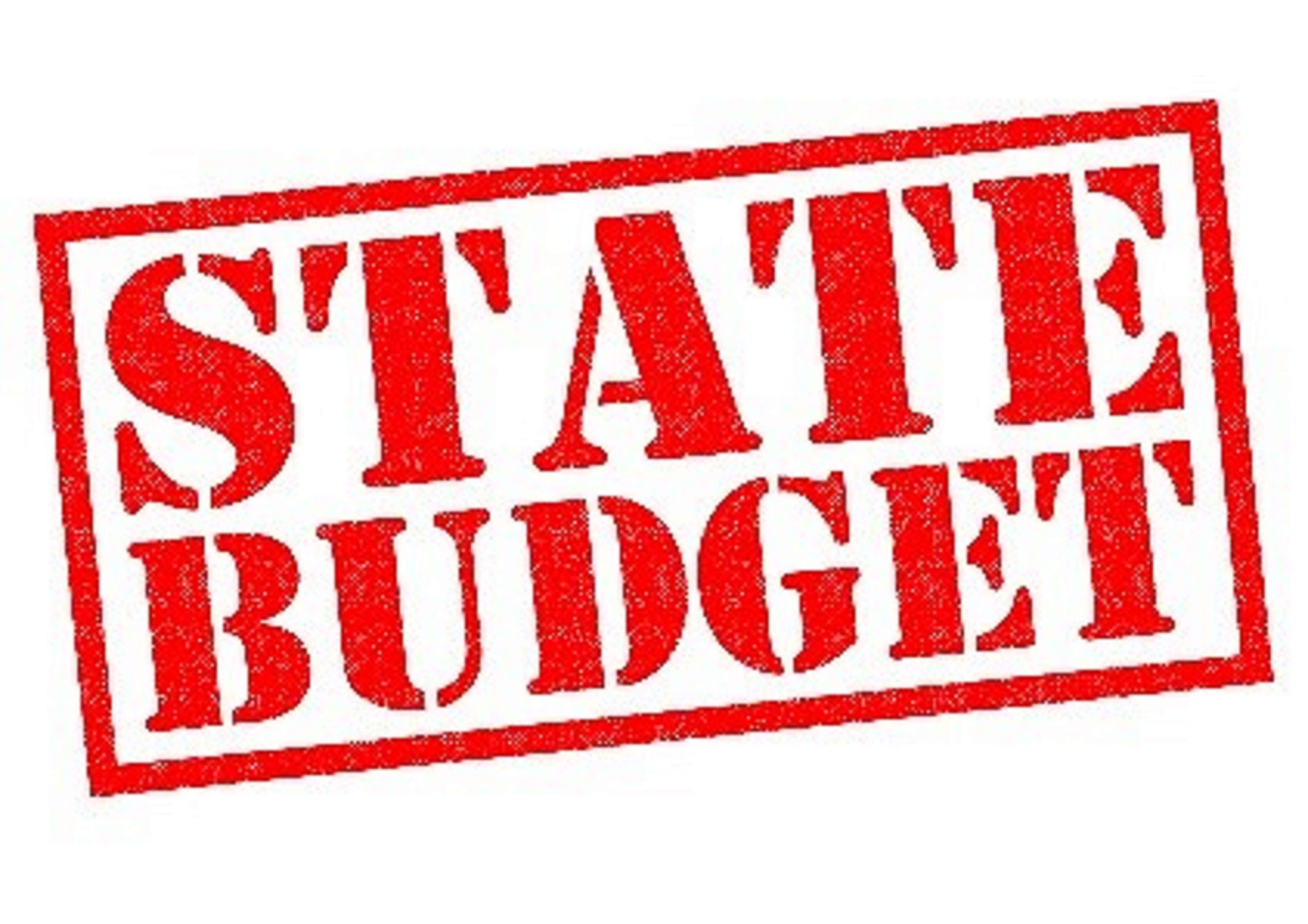The recent Victorian state budget for 2018-2019 has stressed the need to invest in the vocational education and training to ensure Victoria’s workforce is able to meet the demands of an expanding economy and jobs market. Details can be found in chapter 3 of the budget papers.
While the Victorian workforce is already more highly skilled and qualified than ever, investing in Victoria’s TAFE and vocational sector, and VET in schools, will be important to address shortfalls in people with qualifications at Certificate level.
What the budget promises
The Victorian budget “provides $828 million for training and skills initiatives, including initiatives in schools, to expand the supply of skills … most in demand.” $304 million will be used to create thousands of new TAFE and training places, allowing more Victorians to access training. $172 million has been allocated over four years to make training for students at TAFEs free for 30 priority courses. These free places will be offered from 1 January 2019.
“In addition, 18 Apprenticeship Pathway courses in government priority sectors will also be free. These … will focus on the skills the economy needs – building infrastructure projects, responding to family violence, and caring for older Victorians or people living with disability.”
Finally, $25.9 million will be used to improve the quality and availability of secondary vocational pathways.
Where are the job and education priorities?
Victoria’s economy has diversified toward services, advanced manufacturing and knowledge-intensive industries. Victoria is well placed to meet the growing demands for the highest skills levels: bachelor degrees and above. However:
“the Victorian economy has a potential shortfall of workers at skill levels three and four [that is Certificates II-IV], where roles requiring trades and technical skills are concentrated.”
Many of these new workers are required to support Victoria’s ambitious program of infrastructure development, so TAFE courses at Certificates III and IV levels in engineering, building, civil construction, concreting, plumbing and services (at Certificate IV level) and construction waterproofing are priorities and will be free. So too are courses in health care and service areas, including aging and individual support, allied health assistance, community services, disability, mental health, dental assisting, nursing at Diploma level and hospitality. Other areas include accounting, agriculture and horticulture and education support.
A number of apprenticeship pathway programs are also on the ‘free list’, including programs in automotive, construction, engineering, electrotechnology, plumbing, glass and glazing, furniture making, horticulture, meat processing, retail baking and printing and graphic arts – amongst others.
Investing in Victoria’s TAFE and vocational sectors will be important to address these shortfalls and training needs.
So, what does this mean for the Victorian VET and schools systems?
First, the training provided needs to be high quality. Second, TAFEs are seen as “the cornerstone of the vocational training system.” This is especially so in apprenticeships, where TAFEs deliver around 70% of training. There will be investment in building new TAFE facilities, particularly in regional areas and $304 million will provide more subsidised training places for courses in the funded course list. In addition, $109 million has been allocated over four years “to reform career education in Victorian government schools, [and] to empower students to take the career and pathway decisions that will best suit them.” This advice will start at year 7.
$49.8 million will be invested to pilot ‘Head Start Apprenticeships and Traineeships’ and a further $26 million will be provided to support in Vocational Education and Training in Schools.
“The Head Start Apprenticeships and Traineeships pilot will give students the option of an additional year of school so they have the opportunity to learn their trade at school and get a job sooner.”
It will also ensure students are well-prepared to undertake the program through career counselling and by “securing high quality work opportunities by coordinating relationships with employers, training organisations and Local Learning and Employment Networks”. It also aims to increase the quality and quantity of on-the-job learning and ensure high quality assessment is carried out. The aim is to implement the program in 100 schools and create 1,700 apprentice and traineeships in priority industries, including construction technologies, health care and social assistance.








